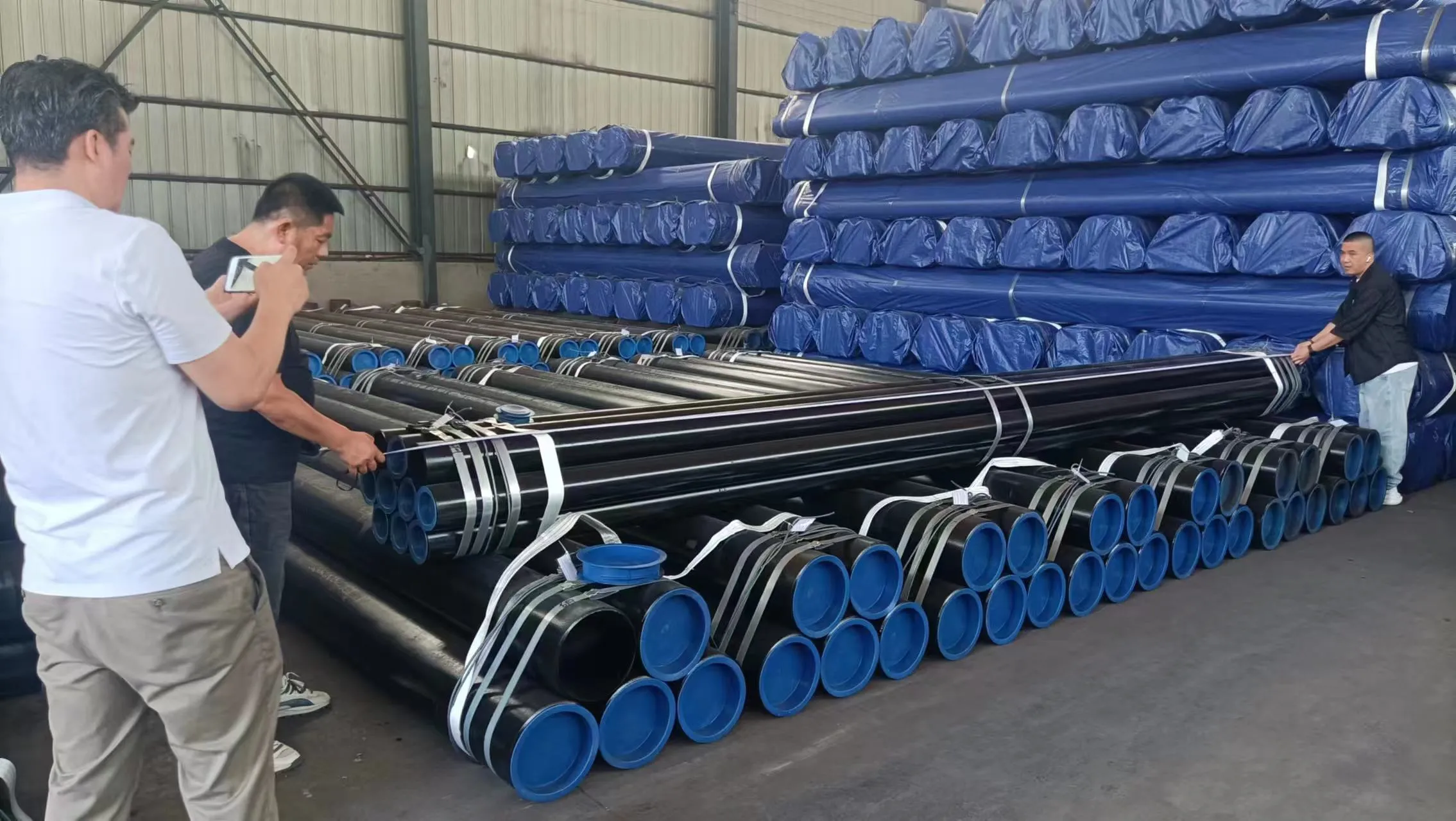-
Cangzhou Yulong Steel Co., Ltd.
-
Phone:
+86 13303177267 -
Email:
admin@ylsteelfittings.com
- English
- Arabic
- Italian
- Spanish
- Portuguese
- German
- kazakh
- Persian
- Greek
- French
- Russian
- Polish
- Thai
- Indonesian
- Vietnamese
- Zulu
- Korean
- Uzbek
- Hindi
- Serbian
- Malay
- Ukrainian
- Gujarati
- Haitian Creole
- hausa
- hawaiian
- Hebrew
- Miao
- Hungarian
- Icelandic
- igbo
- irish
- Japanese
- Javanese
- Kannada
- Khmer
- Rwandese
- Afrikaans
- Albanian
- Amharic
- Armenian
- Azerbaijani
- Basque
- Belarusian
- Bengali
- Bosnian
- Bulgarian
- Catalan
- Cebuano
- China
- China (Taiwan)
- Corsican
- Croatian
- Czech
- Danish
- Esperanto
- Estonian
- Finnish
- Frisian
- Galician
- Georgian
- Kurdish
- Kyrgyz
- Lao
- Latin
- Latvian
- Lithuanian
- Luxembourgish
- Macedonian
- Malgashi
- Malayalam
- Maltese
- Maori
- Marathi
- Mongolian
- Myanmar
- Nepali
- Norwegian
- Norwegian
- Occitan
- Pashto
- Dutch
- Punjabi
- Romanian
- Samoan
- Scottish Gaelic
- Sesotho
- Shona
- Sindhi
- Sinhala
- Slovak
- Slovenian
- Somali
- Sundanese
- Swahili
- Swedish
- Tagalog
- Tajik
- Tamil
- Tatar
- Telugu
- Turkish
- Turkmen
- Urdu
- Uighur
- Welsh
- Bantu
- Yiddish
- Yoruba

Nov . 06, 2024 07:19 Back to list
Understanding Pipeline Welding Techniques and the Role of the Stinger in the Process
Understanding Pipeline Welding Stingers Essential Tools in the Welding Process
Pipeline welding is a critical component of constructing and maintaining infrastructure, including natural gas and oil pipelines. The integrity and durability of these pipelines hinge on the quality of the welds made. Among the various tools and equipment utilized in this process, welding stingers play a crucial role.
What is a Welding Stinger?
A welding stinger, often referred to as a stinger lead, is a specialized tool used in electric arc welding, specifically in the context of pipeline welding. It is essentially a long cable that connects the welding machine to the electrode. The stinger allows for a flow of electricity, which generates the high temperature necessary for melting the metal. This process is vital for creating strong and durable joints between pipeline segments.
Stingers are typically designed to be lightweight, flexible, and durable. They can vary in length, depending on the specific application and the reach required. In pipeline construction, the ability to maneuver around various bends and angles is crucial, and a flexible stinger allows welders to maintain precision and control.
The Importance of Stinger Design
The design of the welding stinger can significantly impact the efficiency and quality of the welding process. A poorly designed stinger may not provide adequate electrical connection or may be cumbersome to handle, leading to inconsistent welds and increased fatigue for the welder. Therefore, manufacturers often focus on creating ergonomic designs that enhance usability while maintaining functionality.
Additionally, the materials used in stinger construction are critical. High-quality copper is commonly used for the cables, as it provides excellent electrical conductivity. Insulation materials must also be considered, ensuring they can withstand the high heat and potential sparks produced during welding.
pipeline welding stinger

Operational Techniques
Using a welding stinger in pipeline welding involves several best practices to ensure optimal results. Firstly, welders should always inspect the stinger and connections before starting any work. Look for signs of wear or damage that could impede the electrical flow or pose safety hazards. A well-maintained stinger can facilitate smoother welding processes and reduce the risk of arc instability.
When it comes to the welding technique itself, the stinger should be held at the proper angle to achieve a consistent arc length. Keeping the arc length too short can lead to excessive spatter and weld defects, while an arc that is too long may result in weak welds. Mastering the right distance requires practice and attentiveness, especially in various positions and conditions typically encountered in pipeline welding.
Safety Considerations
Safety is paramount in any welding operation, and the use of a welding stinger is no exception. Welders should be aware of the risks associated with electrical shock and ensure that all equipment, including the stinger, is in good condition. Proper ground connections must be made to prevent electrical hazards.
Moreover, wearing appropriate personal protective equipment (PPE) is essential. This includes using helmets with proper face shields to protect against sparks and UV radiation, gloves to prevent burns, and flame-resistant clothing. Keeping these safety protocols in mind ensures that welders can perform their tasks effectively while minimizing risks.
Conclusion
In conclusion, the welding stinger is an indispensable tool in the realm of pipeline welding. Its design, functionality, and proper use significantly influence the quality of welds and the overall integrity of pipeline installations. Understanding the importance of this tool, along with the best practices for its operation and maintenance, is essential for welders who aim to achieve high-quality results in their work. As the demand for reliable pipeline infrastructure continues to grow, the expertise in using welding stingers will remain a vital skill in the industry. With proper technique and safety measures, welders can contribute to building and maintaining the pipelines that are crucial for energy distribution and resource management worldwide.
Latest news
-
ANSI 150P SS304 SO FLANGE
NewsFeb.14,2025
-
ASTM A333GR6 STEEL PIPE
NewsJan.20,2025
-
ANSI B16.5 WELDING NECK FLANGE
NewsJan.15,2026
-
ANSI B16.5 SLIP-ON FLANGE
NewsApr.19,2024
-
SABS 1123 FLANGE
NewsJan.15,2025
-
DIN86044 PLATE FLANGE
NewsApr.19,2024
-
DIN2527 BLIND FLANGE
NewsApr.12,2024
-
JIS B2311 Butt-Welding Fittings LR/SR 45°/90° /180°Seamless/Weld
NewsApr.23,2024











